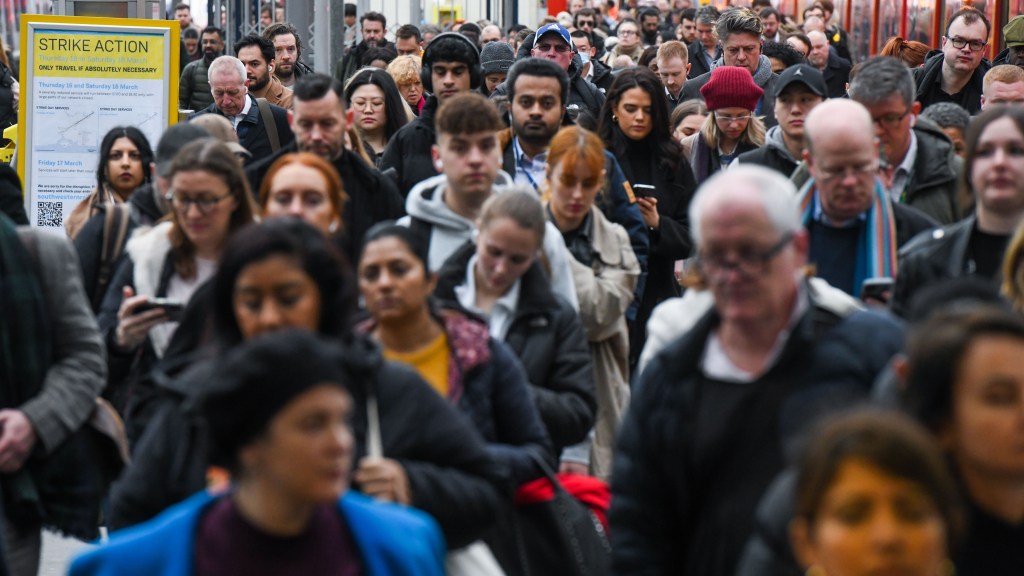UK Wage Growth Remains Steady in January
Wage growth in the UK remained stable at 5.9 percent at the beginning of the year, according to recent statistics released just before the Bank of England’s decision to hold interest rates steady in March.
The Office for National Statistics reported that the average weekly earnings excluding bonuses did not change over the three months leading to January, aligning with the predictions made by economists. However, the overall wage growth, which incorporates bonuses, decreased slightly from 6.1 percent to 5.8 percent, while the unemployment rate held steady at 4.4 percent at the start of the new year.
This data indicates a cooling trend in the labour market has subsided, easing concerns that businesses may need to reduce hiring or scale back their workforce in anticipation of increased payroll taxes starting next month. The monthly payroll growth saw an increase of 144,000 from 107,000 in January, surpassing the anticipated figure of 95,000. Meanwhile, job vacancies, an essential indicator of labour demand, slightly declined by 5,000, settling at 816,000, which aligns with levels recorded before the pandemic.
Neil Carberry, chief executive of the Recruitment and Employment Confederation, commented, “The data released today reflects a more stable labour market, with consistent payrolled employment and job vacancy numbers, alongside an increasing employment rate.”
Wages play a significant role in inflation dynamics, and earnings have remained elevated even as other employment indicators showed signs of deterioration in recent months. The Bank of England, which decided to keep the base interest rate at 4.5 percent on Thursday, aims to see wage growth decrease to around 3 percent to achieve its inflation target of 2 percent.
The ONS noted that private sector earnings rose by 6.1 percent, slightly below the Bank’s forecast of 6.2 percent. Public sector wages increased by 5.3 percent over the same three-month period ending in January.
The future trajectory of wage growth remains uncertain due to the impending introduction of an increased national living wage of £12.21 next month, along with a rise in employer payroll taxes that could adversely affect demand for lower-skilled positions and potentially lead some companies to reduce working hours or implement layoffs.
Sanjay Raja, a UK economist at Deutsche Bank, remarked that surveys may indicate significant declines in hiring, yet, “We have yet to see any tangible evidence in the hard data that job losses are accelerating. Instead, wage growth continues to remain stubbornly high, and while the labour market is quite sluggish, it isn’t showing signs of collapsing.”
The Bank of England and most analysts predict that wage growth will slow down throughout the year as hiring activity in the labour market diminishes. The National Institute for Economic and Social Research forecasts a reduction in earnings growth to 5.4 percent by March.
In a positive development for the government, the rate of economic inactivity decreased by 0.2 percentage points to 21.5 percent in the three months leading to January, marking the third consecutive month of decline. The government aims to motivate individuals to return to work following a record increase in inactivity levels since the onset of the pandemic.
The results from the ONS’s labour market survey come with heightened uncertainty due to a significant drop in response rates experienced last summer. To address this, the statistics agency is overhauling its survey methodology by launching a fully online questionnaire aimed at enhancing sample sizes and response rates.




Post Comment